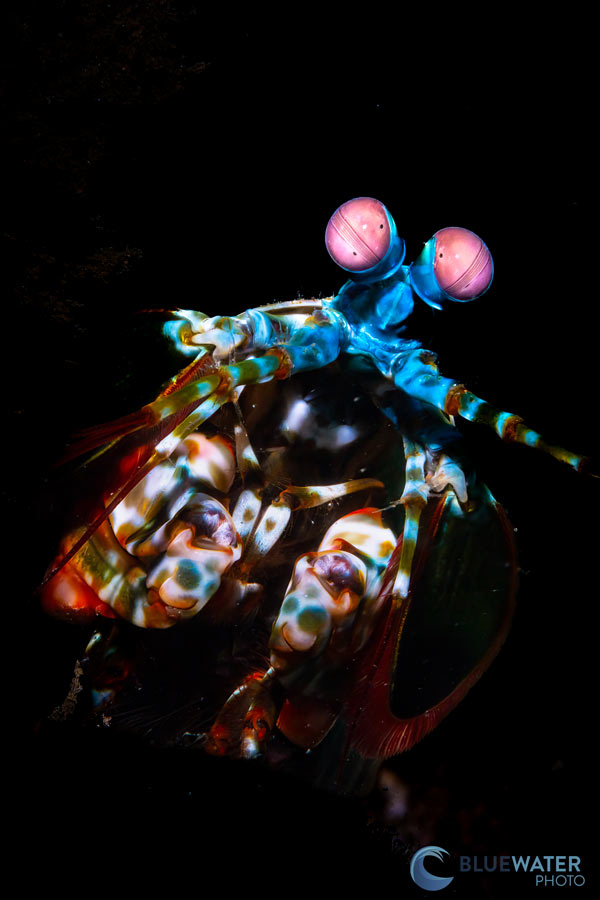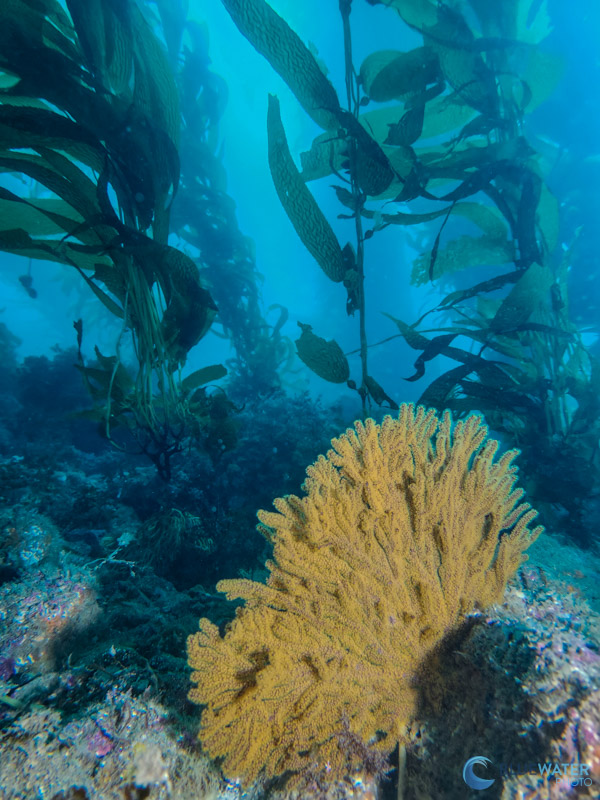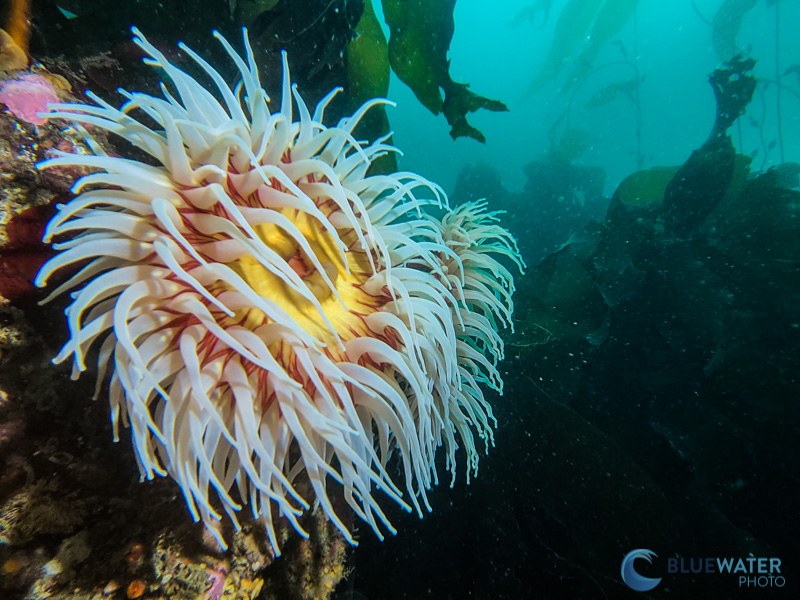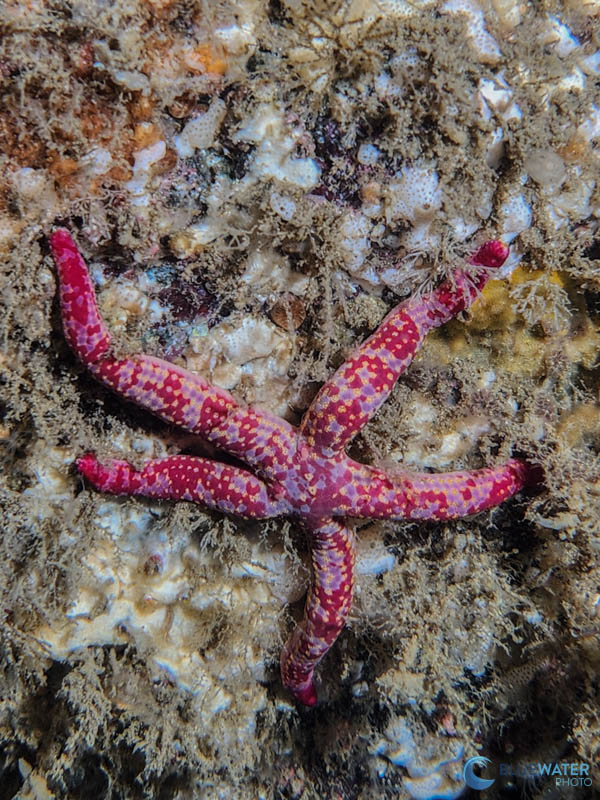Using a Smartphone for Underwater Photography
Over the past two decades, we have become accustomed to always having a camera on us in the form of a smartphone. So, it only makes sense that technology would develop to enable us to take these miniature supercomputers everywhere even underwater.

Using A Smartphone For Underwater Photography
Over the past two decades, we have become accustomed to always having a camera on us in the form of a smartphone. So, it only makes sense that technology would develop to enable us to take these miniature supercomputers everywhere even underwater.
In the early days of underwater smartphone housings, I was too nervous to bring an expensive smartphone diving with me and opted for a GoPro instead. When my GoPro housing flooded during a dive in Curacao, I was disappointed and without an underwater camera, but at least I still had my phone for topside photos. Confidence in underwater smartphone housings has grown over recent years; I regularly see divers securing their smartphones into a SeaLife SportDiver Housing or DiveVolk SeaTouch 4 Max as they gear up on a dive boat. ProShot is so confident in its ProShot iPhone Dive Case that it includes a 12-month iPhone Protection Guarantee. Many new phone models are also water resistant to some extent, which provides some reassurance.
Underwater photographers are used to packing their cameras, housings, lenses, strobes, and other accessories on their dive trips, and they might not be willing to trade all of that in for a smartphone. However, there are some great benefits to using a smartphone for your underwater photography hobby.
Packing Light
We often struggle with how to pack for a dive holiday, especially as each destination is different. If you have dive equipment, you probably prefer to take it with you and use it on your holidays; thats what you bought it for! Underwater photographers face an even bigger challenge, as cameras, housings, lenses, lights, and protective cases for all these delicate elements can add massive bulk to your luggage.
Eliminating underwater photography gear can streamline your packing in an instant. Youre most likely bringing your smartphone on holiday anyway, so you only need to pack a small housing and, possibly, a few compact accessories. Slip this gear into your carry-on bag, and youll hardly notice a difference in its weight.
You might even be able to pack everything you need in your hand luggage, which can eliminate the risk of lost luggage. If you're traveling to a challenging destination or boarding a liveaboard that won't wait for delayed bags, this is even more beneficial.
Budget-Friendly
Scuba diving is an expensive hobby on its own, and underwater photography requires significant upfront investment. Smartphone housings and accessories are relatively inexpensive, and many accommodate a range of smartphones, so you can continue using the same housing if you upgrade your phone. With all the money you can save on expensive underwater photography gear, youll have more to spend on trips to explore some of the worlds best dive destinations.
Ease Of Use
A smartphone is your one-stop shop for photography. You can take photos, edit them, save them to the cloud, and share them with friends, family, or the world - all from the phone itself. Theres no need to download them to a computer and use editing software, but you can still take those extra steps to add some finesse to the final images. Additionally, novice underwater photographers already know how to use their smartphones, and with a well-designed housing, using the phone to capture underwater photos is intuitive.
Action cameras are great for taking videos during a dive but are not necessarily the best option for taking photos. You can easily capture both videos and images with a smartphone. Some housings are compatible with wide-angle and macro lenses, enabling you to take your photography to the next level.
Join one of Bluewaters workshops if you're just beginning your underwater photography journey. Led by an experienced photographer, you will have continuous support and guidance to improve your skills.
Image Quality
Robust cameras are a critical smartphone selling point and the reason many people upgrade their phones, so manufacturers always work to develop cameras that outperform their previous models and those of their competitors. With this advancing technology, images captured by modern smartphone cameras are nearly as good as those from compact cameras. While traditional cameras are capable of higher-quality images due to their sensors and the ability to attach a strobe, this is not a deal-breaker for most underwater photography hobbyists.
A sea fan photographed with the Samsung Galaxy S22 in a DiveVolk SeaTouch 4 Max (left); An anemone (center) and sea star (right) photographed with the Samsung Galaxy S20 in a SeaLife SportDiver Housing.
Convenient In Currents
Diving in strong currents comes with additional challenges, especially for underwater photography. You have more freedom of movement with a smartphone than with a traditional camera, even when it's clipped off on your BCD so you can have both hands available for other tasks. Underwater photographers with large camera rigs can bring a smartphone housing as an alternative when conditions aren't suitable for a large camera.
Is Smartphone Underwater Photography Right For You?
Smartphones with underwater housings are a great, cost-effective, and lightweight alternative to traditional cameras for underwater photography. If youre looking for an easy way to capture some quality images and footage of your dives and quickly edit and share them, a smartphone is an excellent option. Dedicated photographers can also carry a smartphone housing as a backup if they experience technical or environmental difficulties with traditionalcamerasor strobes. Visit the Bluewater Photo Store to find all the latest underwater photography gear and check out the Underwater Photography Guide for tutorials and reviews.























